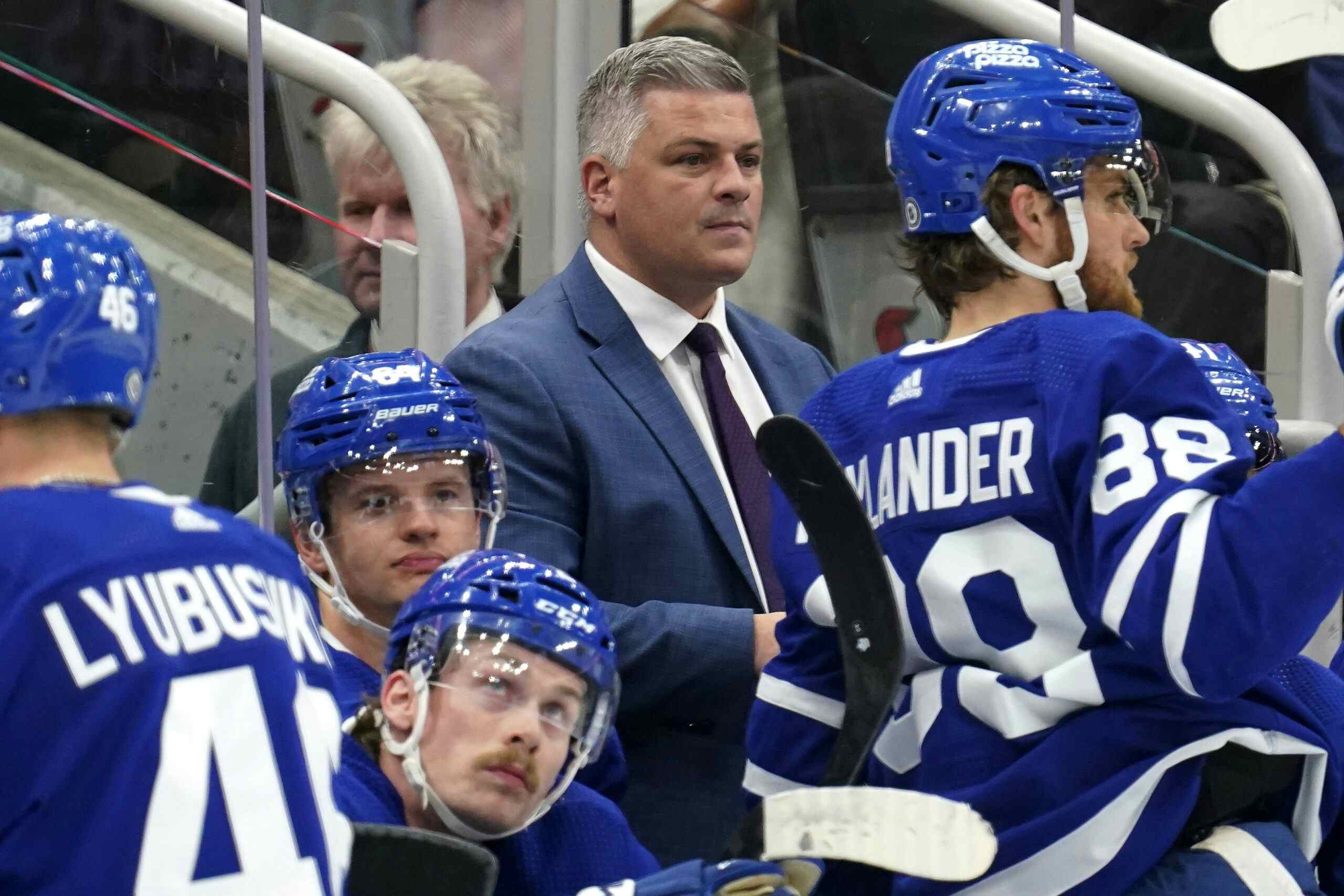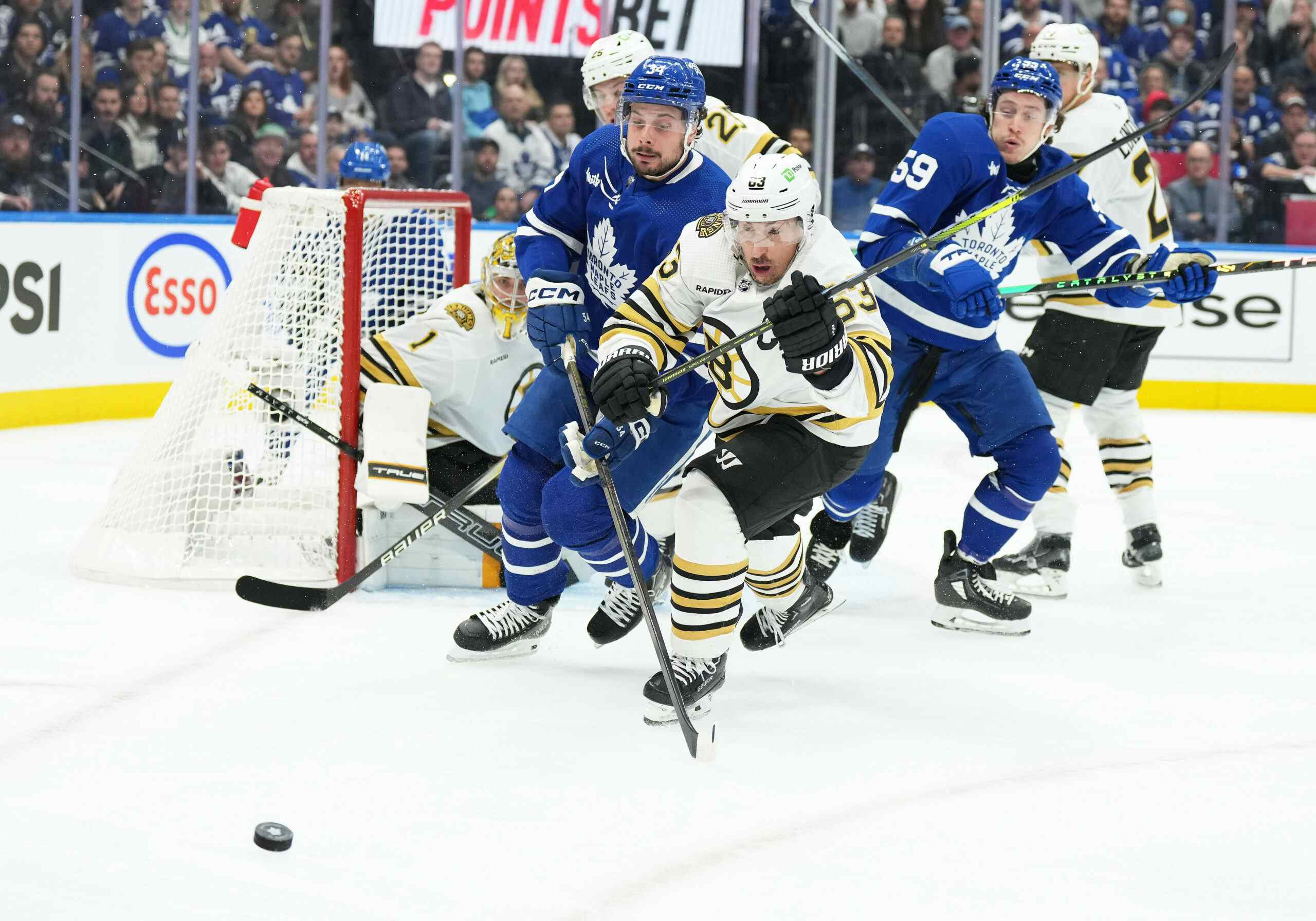Size Has No Impact On Faceoff Percentage: 2009-10 Data

A question that has come up a few times is whether big players tend to have an advantage when taking faceoffs. There is a certain logic to the idea that they do: after all, bigger, stronger players should be able to outmuscle their smaller counterparts in the faceoff circle.
The data, however, suggests something else entirely: that there is no advantage to being big when it comes to taking face-offs.
I went back to the 2009-10 season, and took every NHL centre who had taken 100+ even-strength face-offs. Then I plotted three charts, one comparing even-strength faceoffs to height, another to weight, and a third to “size” – just the product of height and weight. I used even-strength faceoffs only to make for a fair comparison, as it’s easier to win faceoffs while on the man advantage and harder while killing penalties.
Face-offs vs. Height

Correlation: -0.02 (Scale of -1 to 1)
Face-offs vs. Weight

Correlation: 0.03 (Scale of -1 to 1)
Face-offs vs. Size

Correlation: 0.01 (Scale of -1 to 1)
Conclusion
There is no noticeable advantage or disadvantage granted by size in the faceoff circle. The best faceoff men in the game last season varied from small (Scott Nichol, Kyle Wellwood, Vladimir Sobotka, Todd Marchant) to large (David Steckel, Wayne Primeau, Paul Gaustad, Vincent Lecavalier) and the worst faceoff men varied from small (Oscar Moller, Andrew Cogliano, Daymond Langkow, Toby Petersen) to large (Brian Boyle, Eric Staal, Michael Rupp, Nik Antropov).
It’s one of the few areas in the game where the playing field is relatively level.
Recent articles from Jonathan Willis





